It’s an age-old question: “Do I buy a 12 volt rechargeable battery-powered tool, or do I step up and buy an 18V (or bigger) one?
That’s a great question and one we’ve asked ourselves.
There are lots or pros and cons. Each will have an effect upon the tools you select. But there are also some definite surprises!
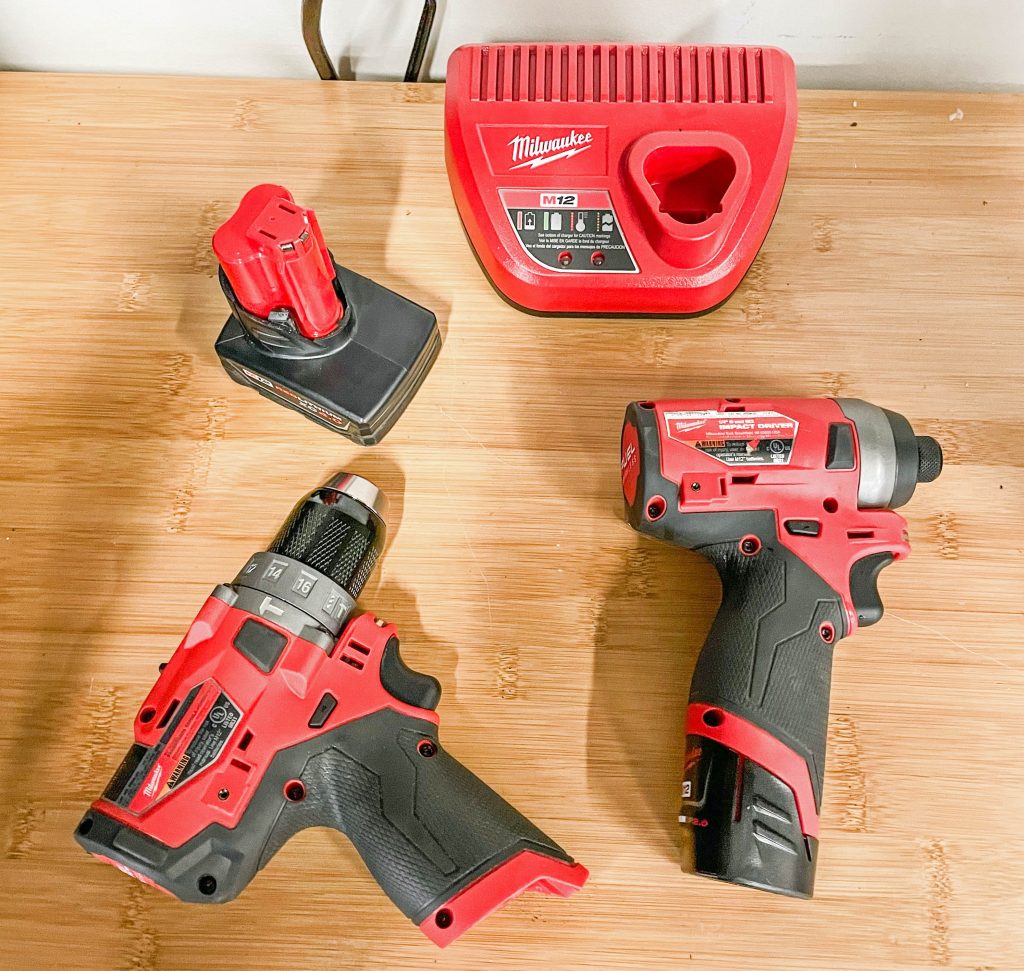
Generally speaking, 18V and larger tool batteries will deliver more power than 12V batteries, but a key to performance is actually the amp-hour rating of the specific batteries.
The capacity of an electric tool battery is measured in amp-hours (Ah).
Obviously, this refers to how many amps the battery can deliver in an hour. Using a Milwaukee M12 Redlithium battery as the example, it has a capacity of 2.0 amp-hours. If you multiply the amp-hour rating by the voltage, you arrive at the “power” capability. This is the amount of energy consumed by the device and it can give an answer as to the amount of work a battery can provide on a single charge.
That’s not the end of it though.
Milwaukee Tool offers an extended capacity M12 Redlithium battery. It has double the amp-hour rating of the base battery (above), and they have recently released an M12 Redlithium High Output battery. It will offer a full 5.0 Ah capacity.
In contrast, a standard 18V M18 Redlithium battery from Milwaukee also provides 2.0 amp-hours of capacity, but keep in mind to arrive at the power capability, you’d multiply the Ah by 18 (in comparison to 12). As a result, it still offers more ultimate power than a standard 12V battery, but not as much as a 4.0 Ah 12V Redlithium power tool.
Fair enough. But typically, the higher the power, the heavier and larger the tool. There are some exceptions though: I have a several air powered impact wrenches in both 3/8 and 1/2 inch size.
I’m certainly not going to replace them with battery powered tools. But for quick little jobs, it’s really difficult to beat something like Milwaukee’s M12 Fuel 1/4 inch impact driver—I just have to remember to keep the batteries charged! It’s a brushless tool and it’s positively tiny in terms of size. It measures about five inches long, eight inches tall, and weighs just under two points. It has a maximum torque figure of 1,300 inch-pounds.
Compare the M12 tool to the new upcoming M18 Fuel option. It’s about 5.5 inches long, about 7.5 inches tall, and weighs about 2.25 pounds. The maximum torque figure here is 2,000 inch-pounds. Keep in mind 12V batteries tend to be a bit lighter than their 18V counterparts, but in general bigger in capacity doesn’t always equate to bigger in size.
When it comes to cost, at the time of this article, a 1/2 inch M12 Fuel brushless driver drill (part number MWT-3403-20) has a price of $139. Meanwhile, a similar M18 Compact 1/2 inch driver drill (part number MWT-2606-20) actually comes in less costly at $119.
That’s not really a trend, but it’s always a good idea to be careful when it comes to price comparisons.
What you should do though, is to try to stick with one brand.
That will likely make it easier to interchange batteries. Now this doesn’t always mean you can swap batteries from tool-to-tool, but some companies (again, using Milwaukee as the example) offer chargers that can charge both 12 and 18 volt batteries, which can really de-clutter your workspace.
In the end, it’s a matter of personal choice. You have to decide what you want the tool to do.
Generally speaking, the higher output (battery) tools will be a bit bulkier and perhaps a wee bit heavier with the battery installed. In most cases, the higher output batteries provide a bit longer run time. Cost difference between the respective tools can prove negligible. For a closer look, check out photos:
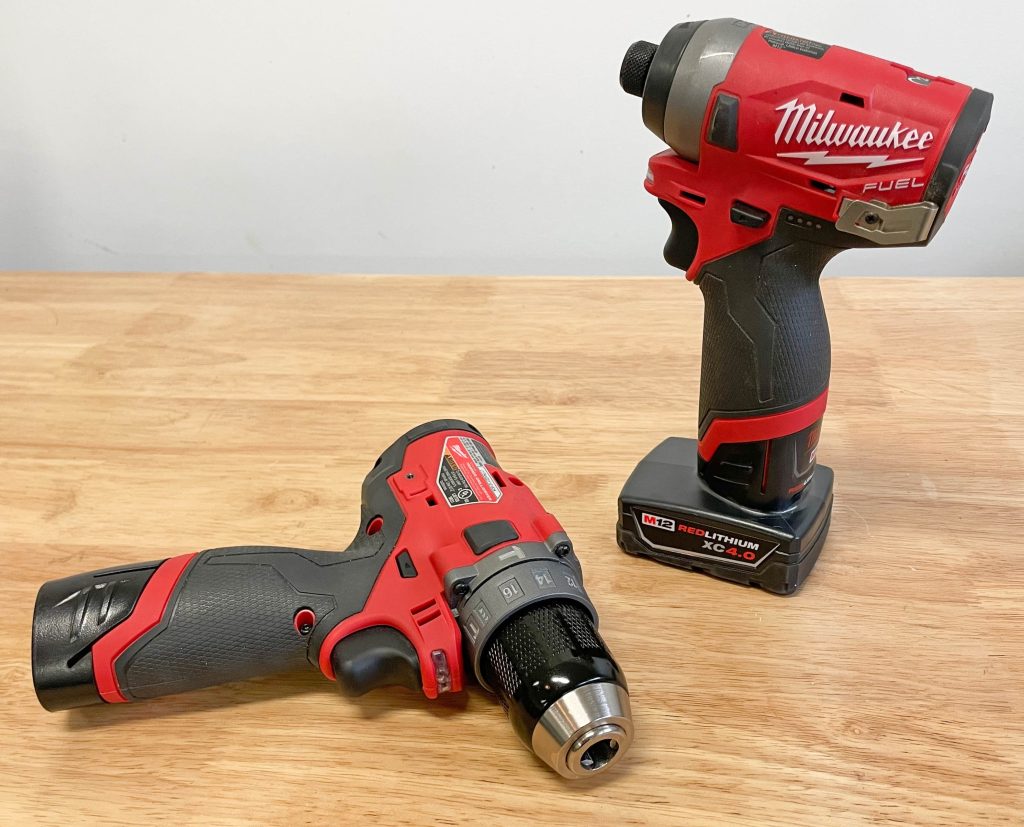
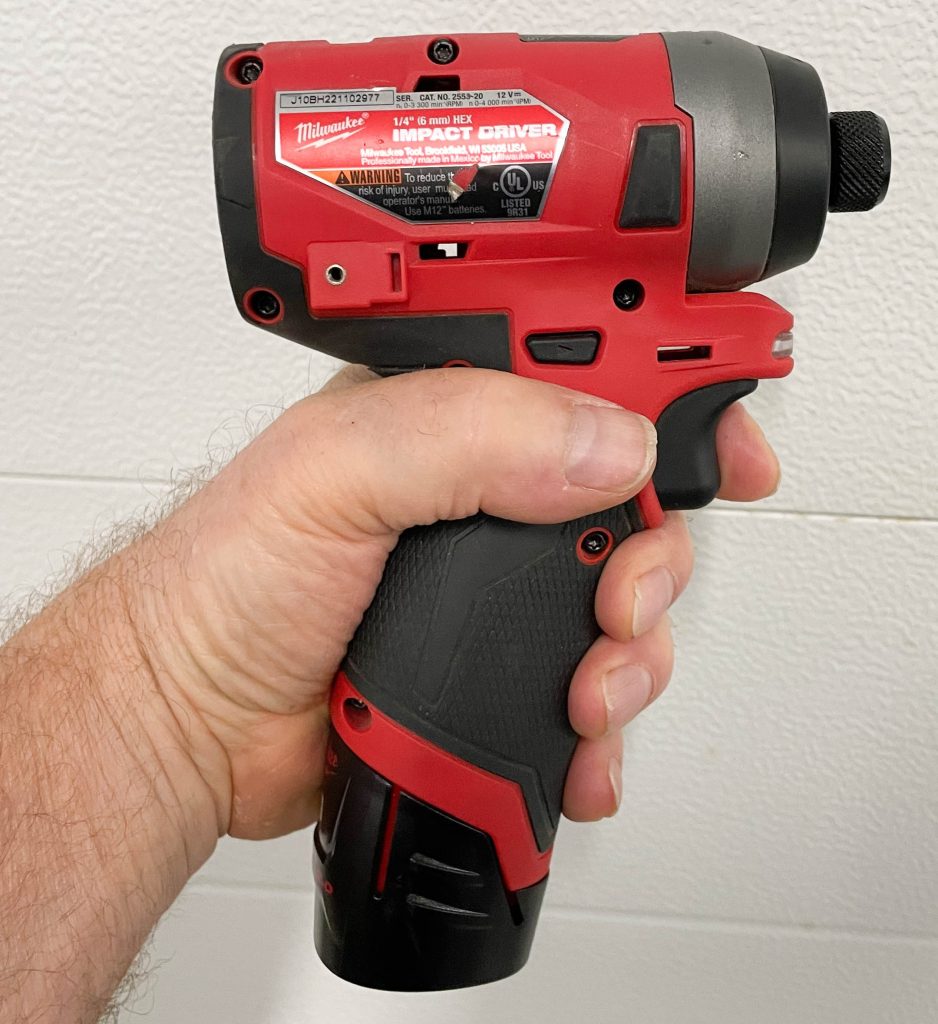
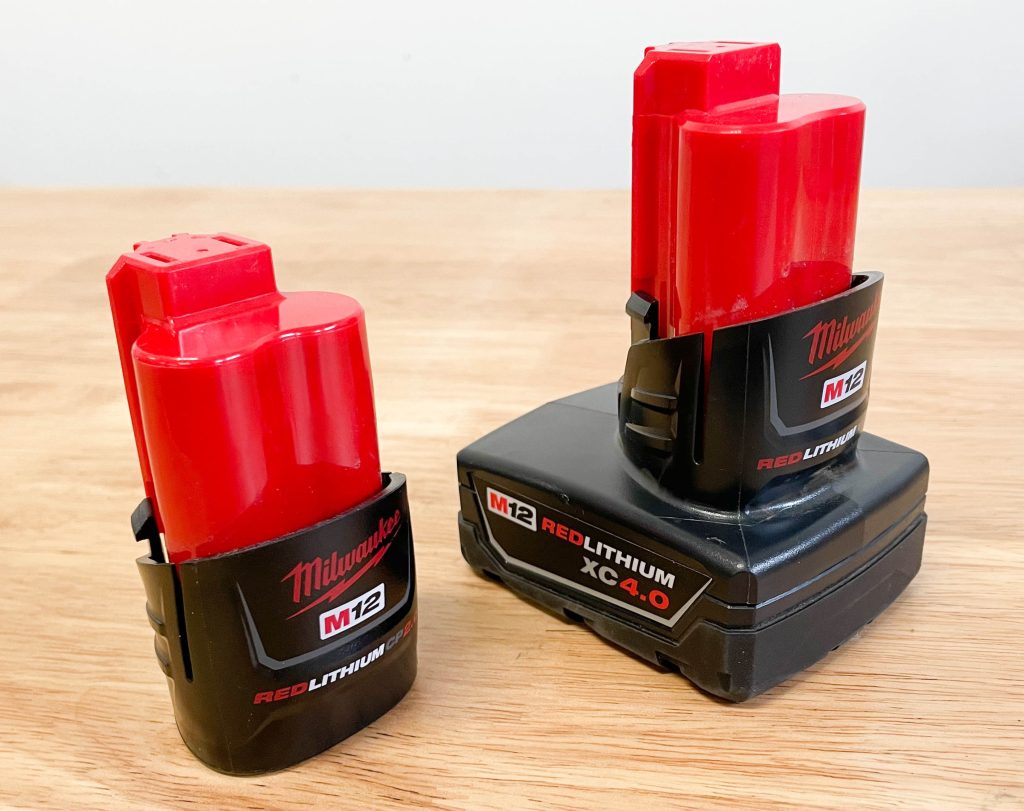
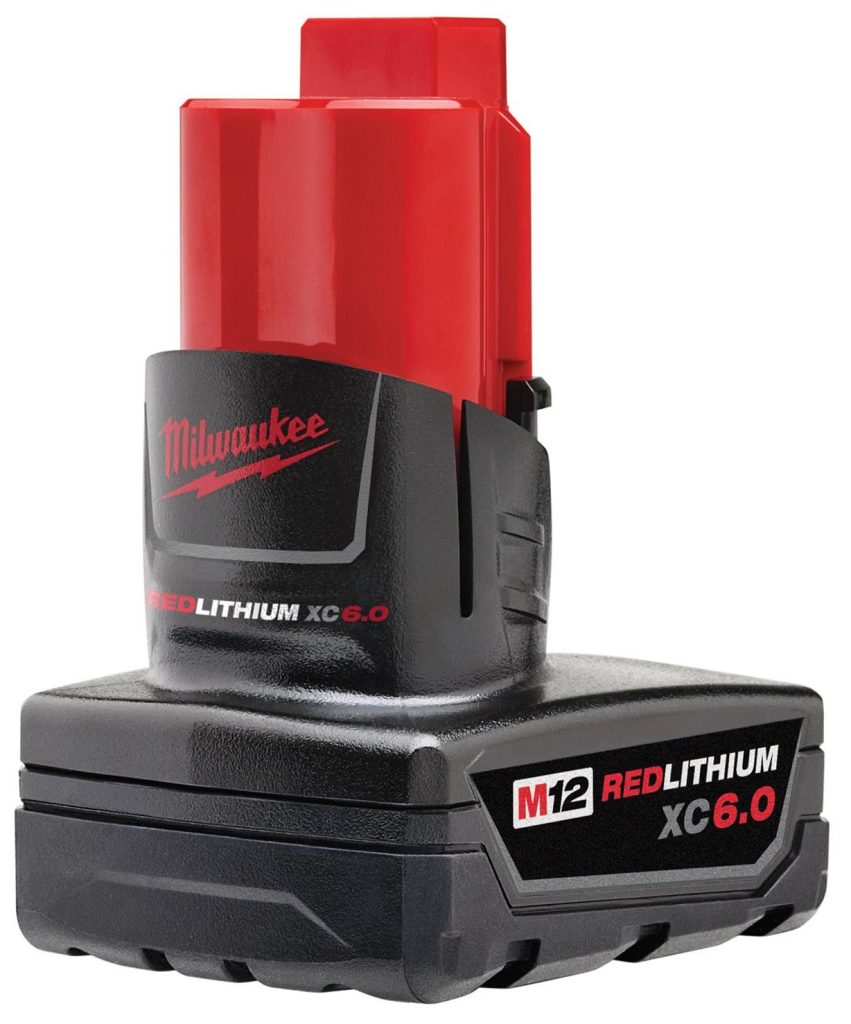
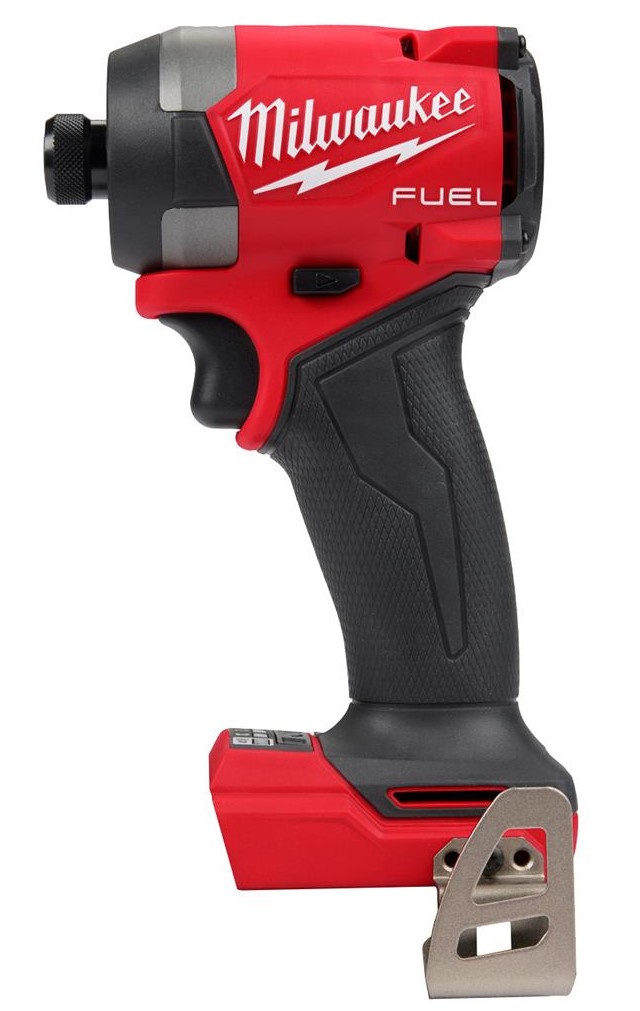
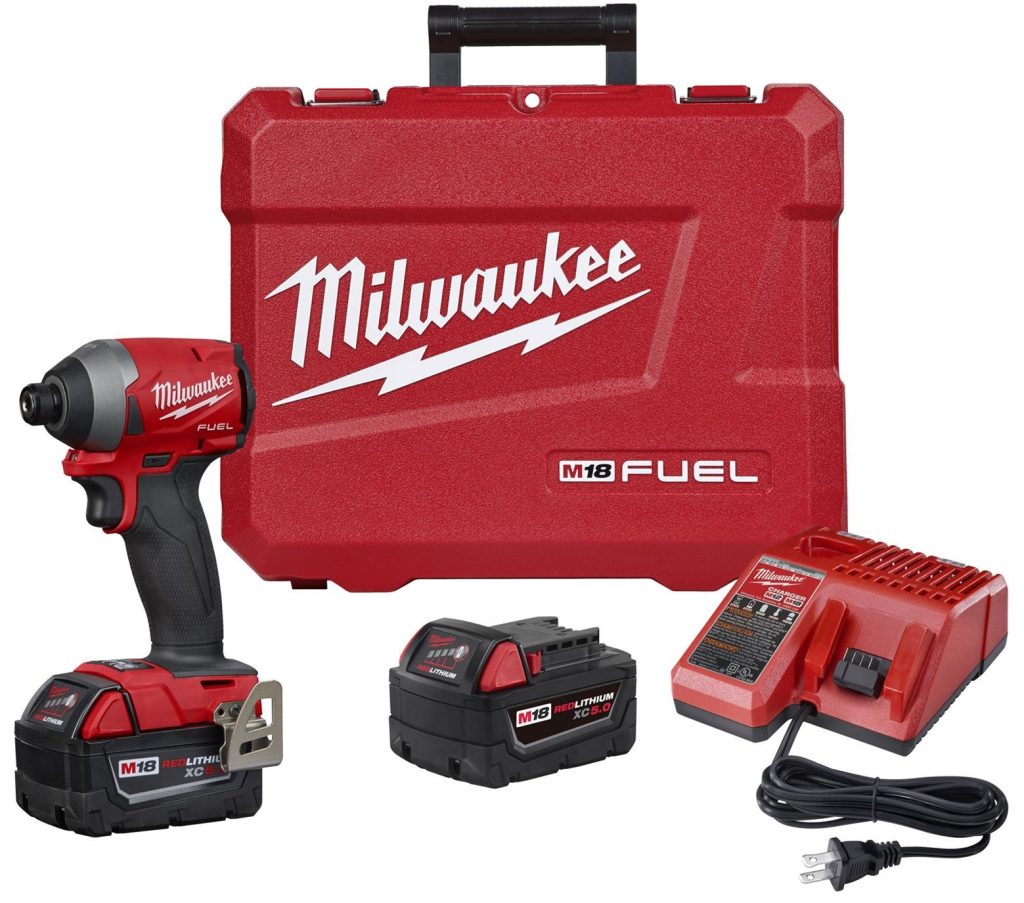
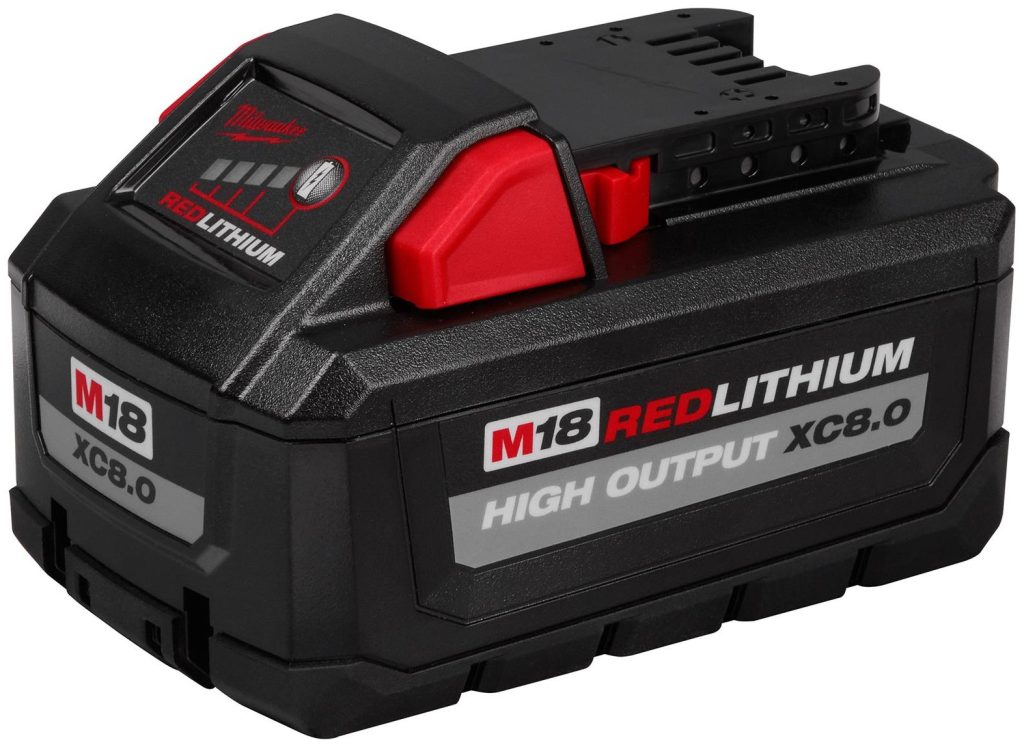
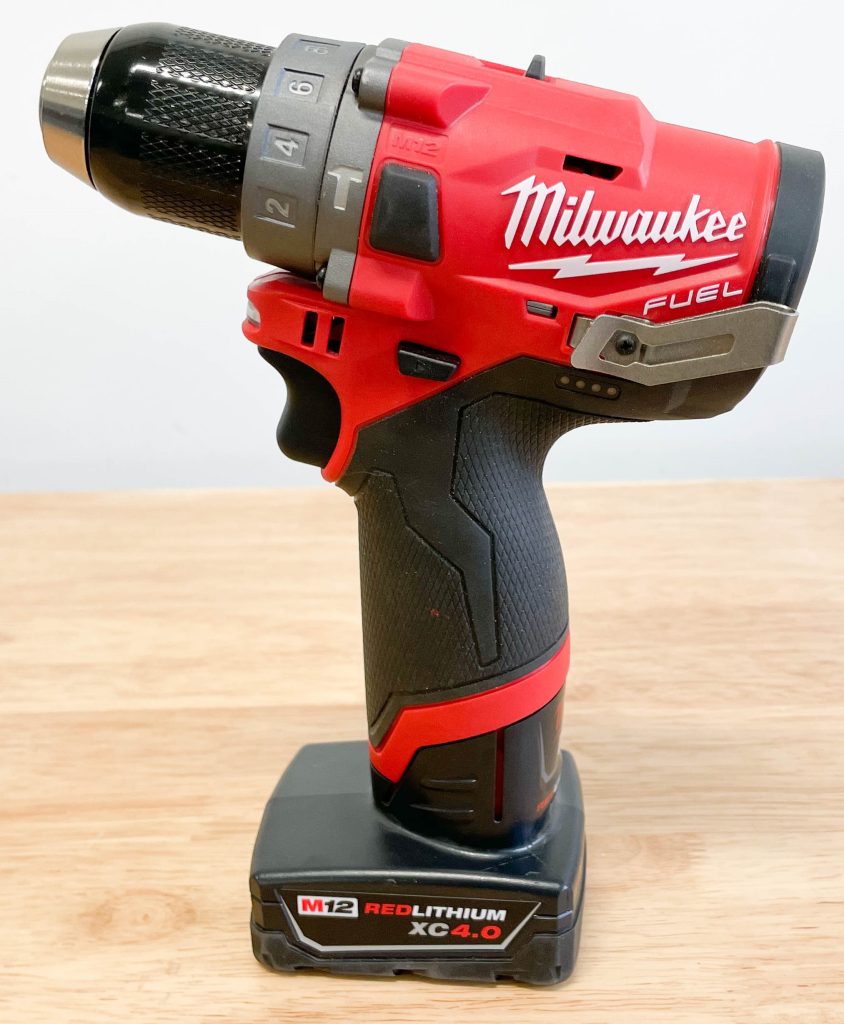
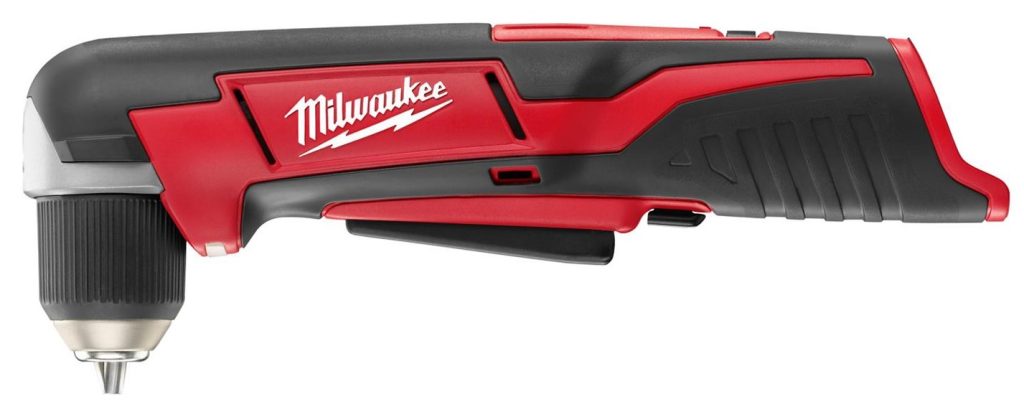

Comments